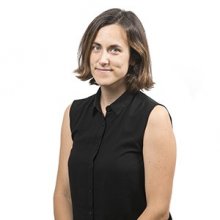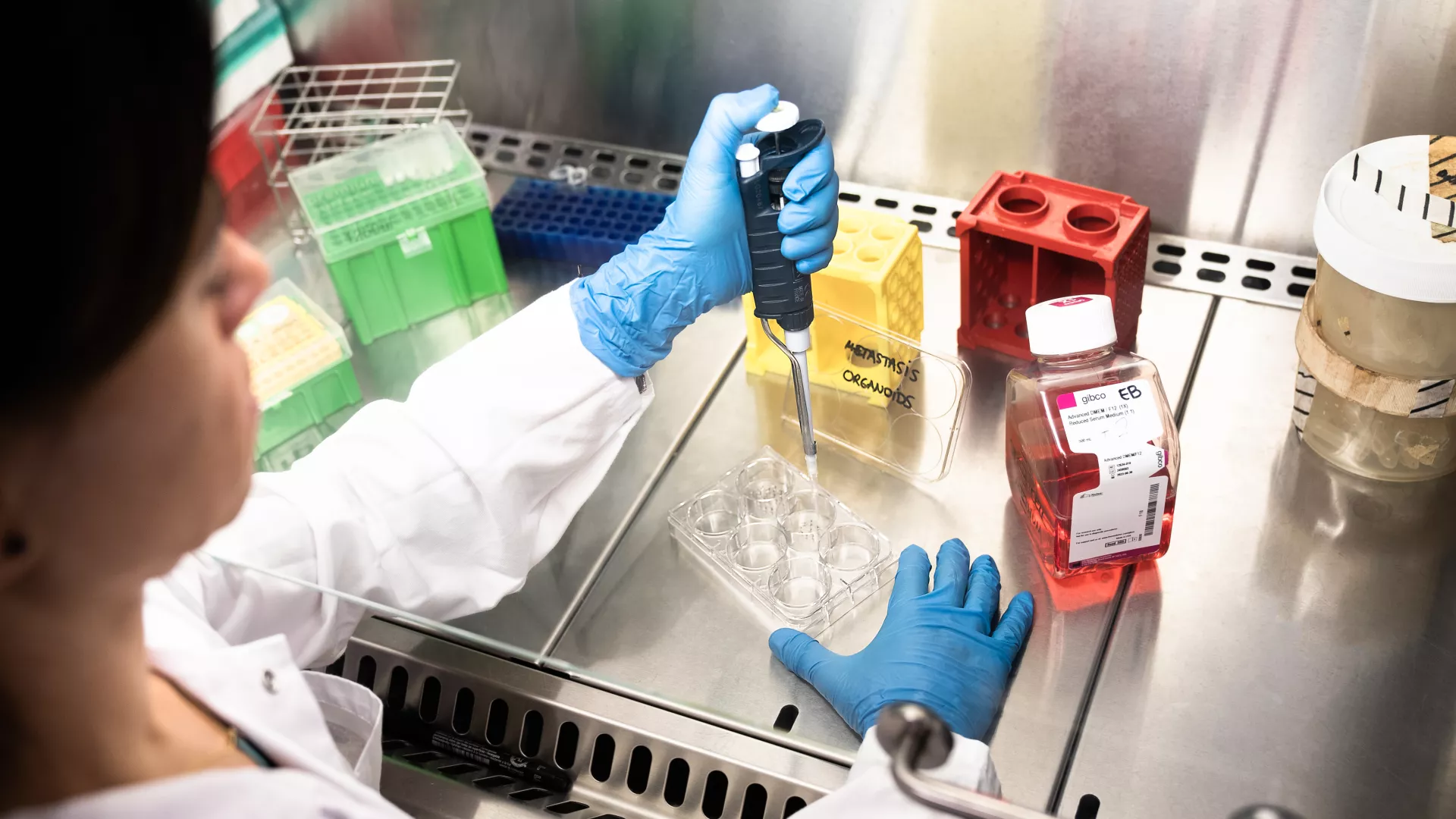Images
Contact

Researchers discover a new mechanism for regulation of gene expression in growing tissues.
A team of scientists headed by Marco Milán, ICREA researcher at IRB Barcelona, has characterized a gene regulatory mechanism that induces the activation of genes over large areas of growing cells. According to the results of this study, first there is an initiation system that allows the activation of some genes in a small area of growing tissue. Later, the maintenance of this gene activation through gene memory processes allows the expression of these genes throughout the whole territory. The study, which has used the growth model of the wing primordium of the fly Drosophila melanogaster – in which the adult wing will develop -, is published in today’s online version of the journal Development.
Some proteins that are required for gene regulation, called transcription factors, are finite and their action is transferred from certain regions of organisms to other regions. In the case of the gene hedgehog (hh), which is required for the correct formation of the Drosophila wing, several transcription factors induce its activation in the posterior region of the wing primordium. The problem arises when these transcription factors stop working and the new cells that have resulted from growth have to maintain hh expression in this posterior region.
Using genetic and cell biology techniques, the researchers have discovered a region of the hh gene to which transcription factors bind during early growth of the wing. This region is responsible for triggering gene activation. When these transcription factors stop working, other proteins that confer gene memory bind to another region of the hh gene. According to the researchers, the latter region is responsible for extending the activation of hh to the rest of the cells that fall within the posterior axis of the primordium. “The coordination of these two regions allows hh to exert its action throughout the entire posterior part of the wing primordium, an extensive territory that comprises 20,000 cells”, explains Milán.
The genomes of living organisms hold many of these regions responsible for the initiation and maintenance of gene expression. “These data suggest that this might not be a unique mechanism but one used by other genes in distinct contexts”, states Milán. “The gene regulatory mechanism may even be closely linked to diseases associated with cell division, such as cancer”.
Reference article:
Enhancer-PRE communication contributes to the expansion of gene expression domains in proliferating primordia.
Pérez L, Barrio L, Cano D, Fiuza UM, Muzzopappa M, Milán M.
Development (2011). [doi: 10.1242/dev.065599]
About IRB Barcelona
The Institute for Research in Biomedicine (IRB Barcelona) pursues a society free of disease. To this end, it conducts multidisciplinary research of excellence to cure cancer and other diseases linked to ageing. It establishes technology transfer agreements with the pharmaceutical industry and major hospitals to bring research results closer to society, and organises a range of science outreach activities to engage the public in an open dialogue. IRB Barcelona is an international centre that hosts 400 researchers and more than 30 nationalities. Recognised as a Severo Ochoa Centre of Excellence since 2011, IRB Barcelona is a CERCA centre and member of the Barcelona Institute of Science and Technology (BIST).




